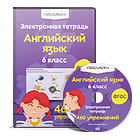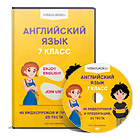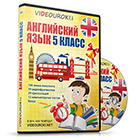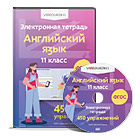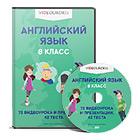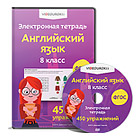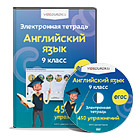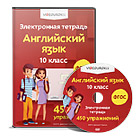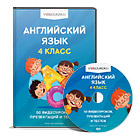Цель урока - развитие разных видов речевой деятельности по теме "История наземного транспорта", расширение лексического запаса. Урок состоит из текста, предтекстового задания для активизации новой лексики, послетекстовых упражнений. В зависимости от уровня подготовки обучающихся занятие может быть проведено в старших классах школы или в колледже.
Создайте Ваш сайт учителя Видеоуроки Олимпиады Вебинары для учителей
First Steam Carriages and Railways. The Wheel.
Вы уже знаете о суперспособностях современного учителя?
Тратить минимум сил на подготовку и проведение уроков.
Быстро и объективно проверять знания учащихся.
Сделать изучение нового материала максимально понятным.
Избавить себя от подбора заданий и их проверки после уроков.
Наладить дисциплину на своих уроках.
Получить возможность работать творчески.
Просмотр содержимого документа
«First Steam Carriages and Railways. The Wheel. »
Полезное для учителя
Распродажа видеоуроков!
1880 руб.
2690 руб.
1880 руб.
2690 руб.
1880 руб.
2690 руб.
2160 руб.
3080 руб.
ПОЛУЧИТЕ СВИДЕТЕЛЬСТВО МГНОВЕННО
* Свидетельство о публикации выдается БЕСПЛАТНО, СРАЗУ же после добавления Вами Вашей работы на сайт
Удобный поиск материалов для учителей
Проверка свидетельства
